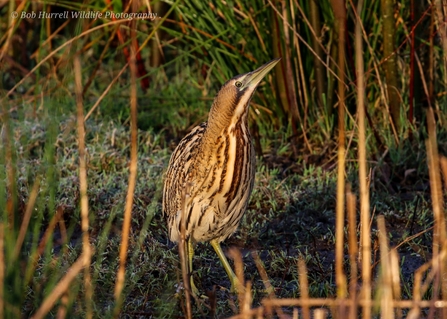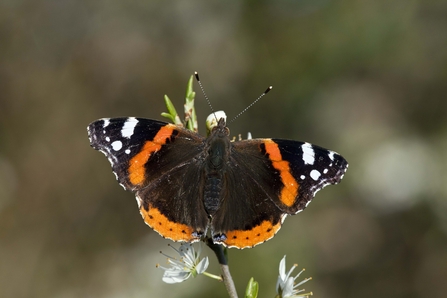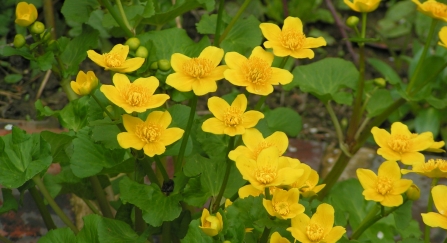Spring can mean new beginnings and is often signified by the arrival of blossoming trees and frolicking lambs, but it is the Equinox that indicates the official end of winter.
At Lunt Meadows, the Spring Equinox would have been a crucial event for the Mesolithic community that lived here over 9000 years ago, signalling a new season of growth and abundance. After the long winter months, this would have provided a reason for communities to come together and celebrate.
Moving forward to modern day, as frosty days and dark nights become a distance memory, new life on the reserve begins to emerge and old wildlife favourites return from their winter migrations. This spring, take a visit to Lunt to see our archaeological site, reflect upon our stone age predecessors, and meet our new arrivals.





